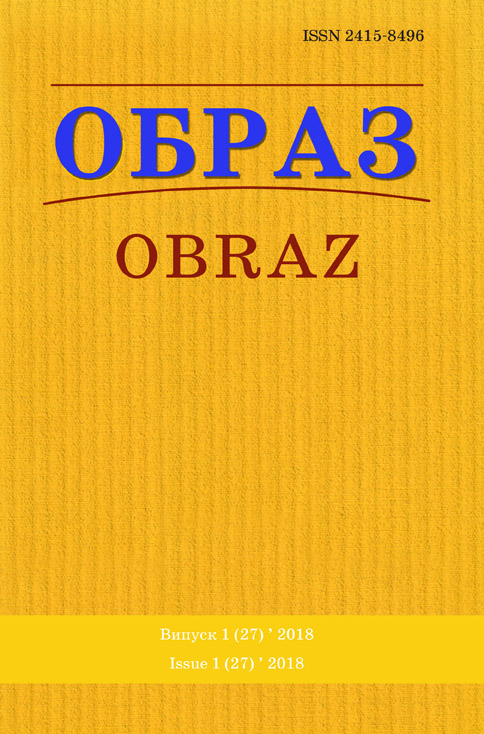Abstract
The importance of the research. Global processes, which significantly intensified in the post-Soviet space in the mid 90-ies of the last century, have significantly affected Ukraine. They influenced almost all areas of public life, and especially this trend has affected the do-
mestic media environment, since this industry was at the stage of formation. The most vulnerable to the penetration of international formats were glossy editions. Such magazines, taking into account international experience, began to operate in Ukraine under franchising conditions. Obviously, such a model of cooperation involves the informational and financial impact of the franchisor on the franchisee, and sometimes even pressure on editorship and editorial policies. On the other hand, franchising in the media space has accelerated the pace of development of national media. However, not all editions managed to adapt to the conditions and needs of the domestic market – some have ceased to exist.
The aim of the study is to analyze and describe the functioning of the phenomenon of franchising in the market of national press on the basis of several glossy editions of the franchising type.
Methods of the research. It was realized mainly due to the method of interview. The information provided by the chief editors of Ukrainian glossy magazines was the basis for this and further research.
Results and conclusions. As a result, it was possible to outline the main advantages and risks associated with the phenomenon of franchising in the media, as well as identify the ways and means of adapting such editions to the national media space. In particular, it is about mental and linguistic-stylistic devices, as well as constant contact with their own audience. At the same time, franchise publications are completely dependent on central offices in graphic design and compliance with image standards. In general, the Ukrainian information product is currently in high demand, rather than foreign, and it is gradually supplanting it. In the future, this will lead to the full nationalization of the content of franchise magazines, which will require additional research.
References
1. Shemshuchenko, Yu. S. (ed.) (2004), Legal Encyclopedia, Vyd-vo «Ukrayinska entsyklopediya» im. M. P. Bazhana, Kyiv.
2. Tsymbalenko, Y. S. (2016), «Transformation Tendencies of Media Communications: Content Globality», Science And Education a New Dimension, no.76, pp. 68–71.
3. Lubska, V. V. (2014), «Measuring Cultural Westernization in Ukraine», Problemy mizhnarodnyh vidnosyn, no.8, pp.72–81.
4. Sirinyok-Dolgaryova, K. G. (2012), «News Westernization as a Modern Factor of Globalization of Social Communications», available at: https://www.academia.edu/33588699/% D0%94%D0%B5%D1%80%D0%B6_%D1%96_%D1%80%D0%B5%D0%B3_%D0%A1%D 0%9A_3_2012.pdf (access February 1 2018).
5. Berezenko, V. V. (2003), «Problems of intercultural influence in the media», Kultura narodov Prichernomorya, no. 37, pp. 297–300.
6. Katasonova, D. (2015), «Forbes Ukraine» no longer has the right to use this brand and publication content as well», available at: http://ua.telekritika.ua/dusia-archive/29654 (access February 1 2018).
7. Telekrytyka (2013), «Stop Censorship» condemns interference in the editorial policy of «Forbes Ukraine», available at: http://ua.telekritika.ua/svoboda-slova/2013-11-18/87656 (access February 1 2018).
8. Sostav.ua (2017), «The coverage of the press in Ukraine has stabilized», available at: http:// sostav.ua/publication/okhvat-pechatnoj-pressy-v-ukraine-stabilizirovalsya-74841.html (access February 1 2018).
9. Ukrainian Advertising Coalition (2017), «The volume of Ukrainian advertising and communication market in 2017 and the market prognosis for 2018», available at: http://vrk.org. ua/ad-market/ (access February 1 2018).

This work is licensed under a Creative Commons Attribution 4.0 International License.
